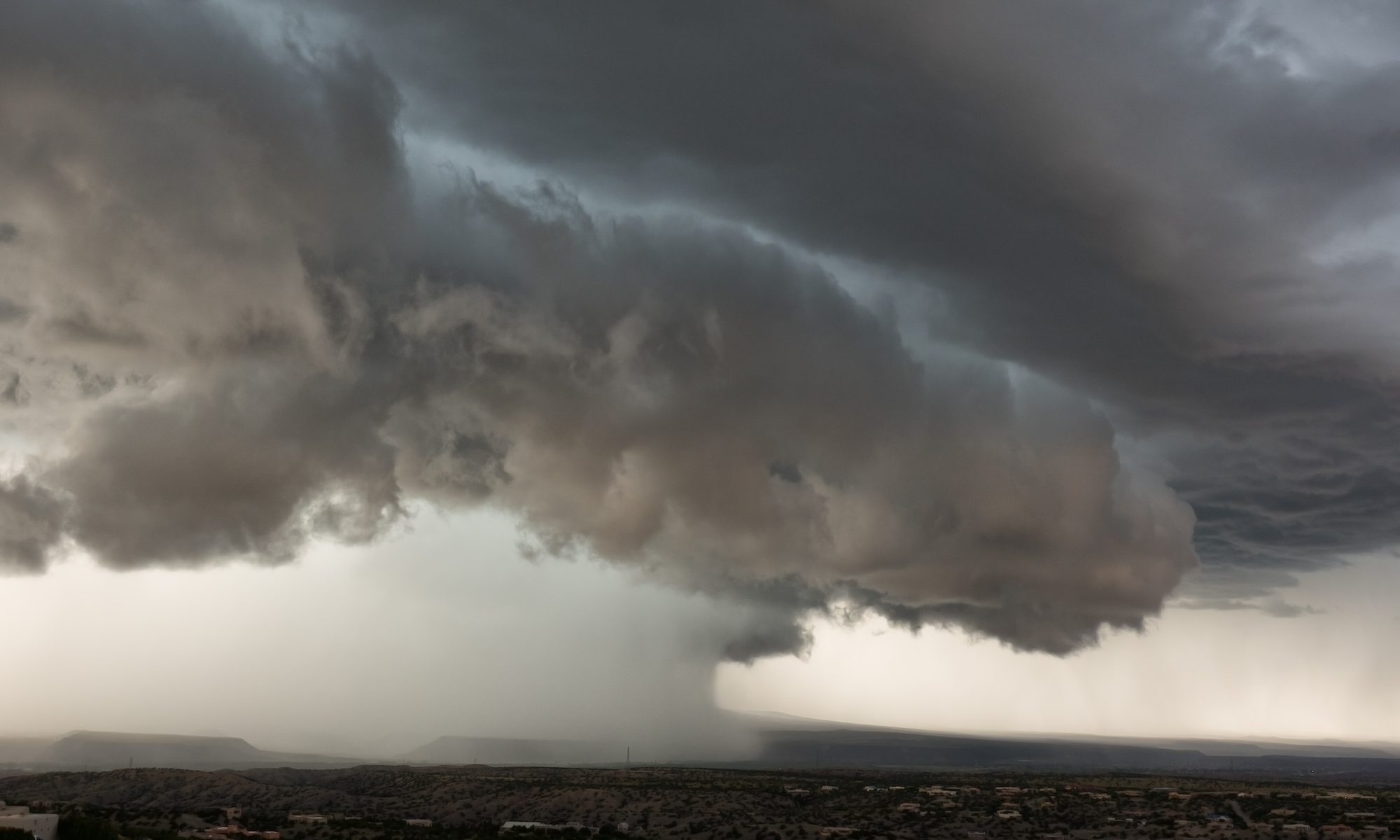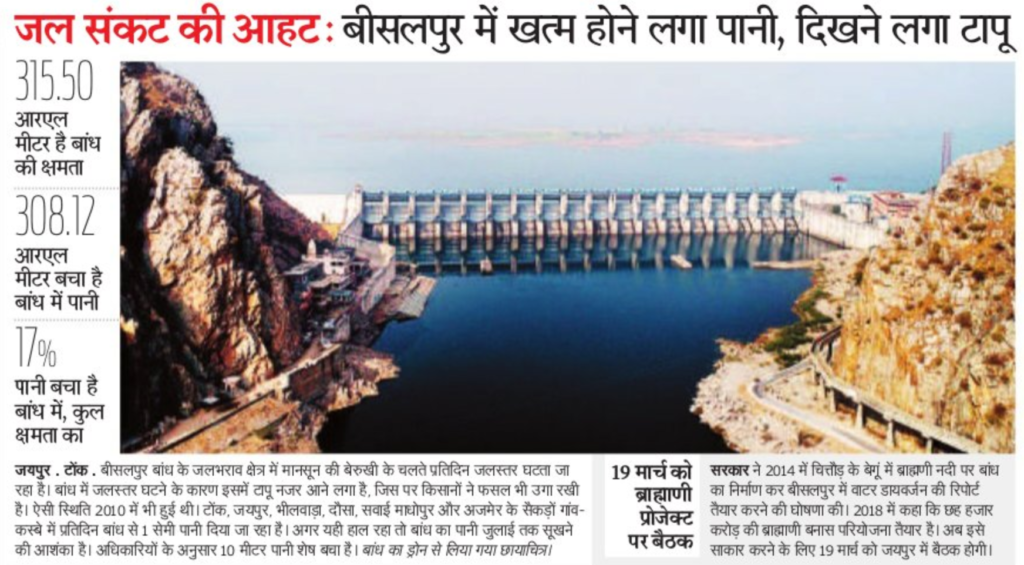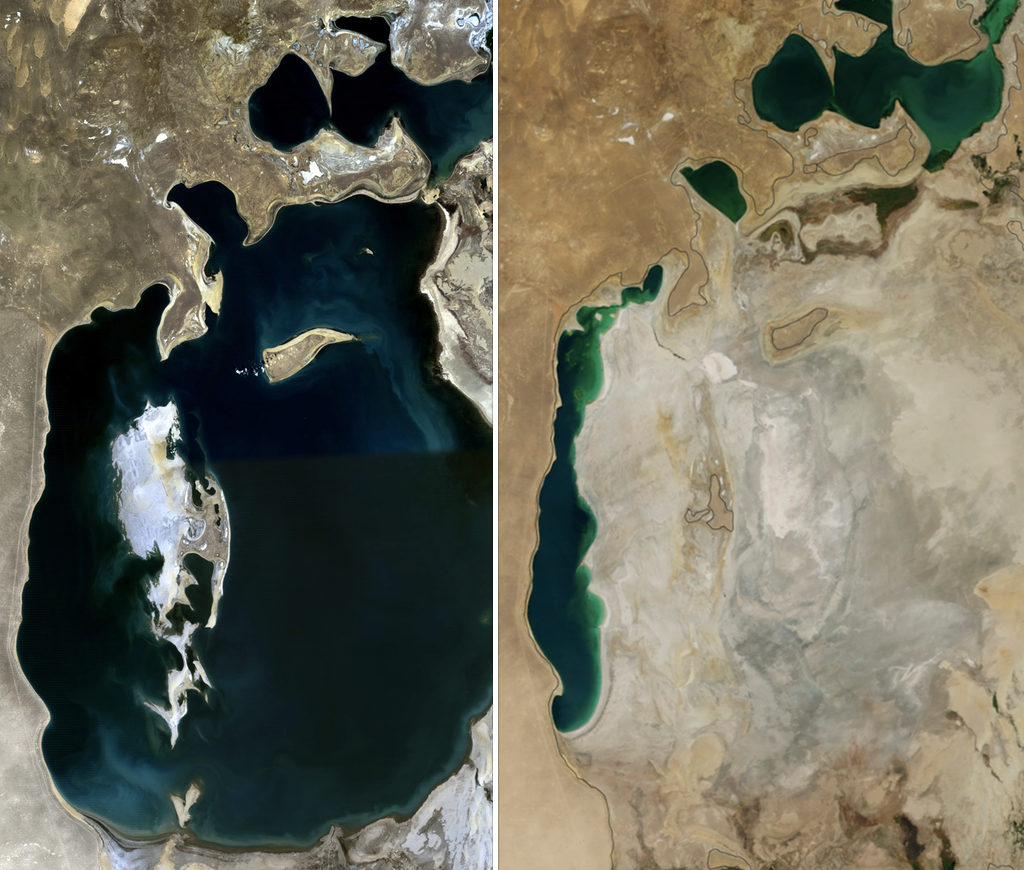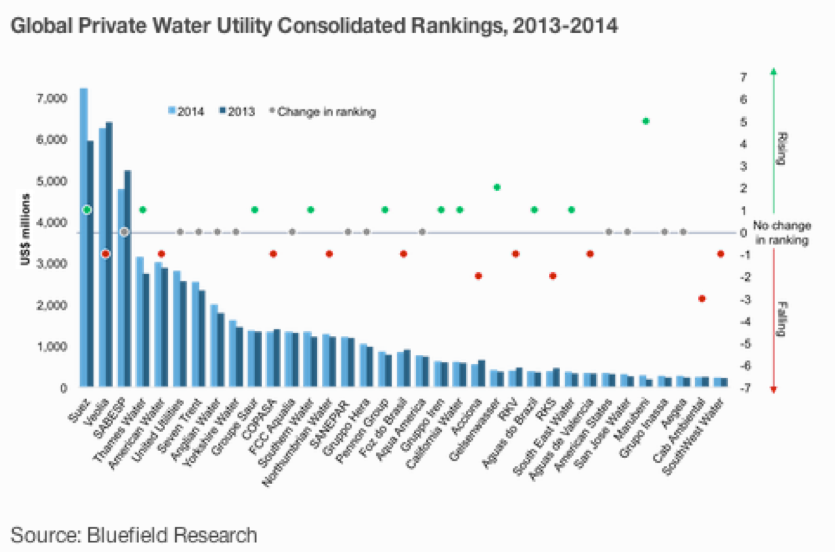A vicious cycle that must be stopped.
Global warming and changing climate is having a major impact as many parts of the world face prolonged droughts or uncontrollable wild fires or damaging floods along both coastal and inland regions. It is a vicious cycle affecting the natural system and unfortunately the area of impact keeps increasing at an alarming pace.
Flooding is a result of excessive flow or accumulation of water in a particular area due to rain or other reasons. Flooding creates an ecological imbalance by adversely affecting the soil & plant relationship, since all plants require air especially oxygen to a greater or lesser depth in the soil for growth.
The waterlogged soil resulting from flooding is nearly saturated with water such that the aeration is restricted and anaerobic conditions prevail. With this depletion of oxygen in the root zone, the micro organisms which support plant growth are affected adversely and in turn the plant growth is restricted.
Water-logging also reduces the temperature of the soil and increases dampness which disturbs the biological activity in the soil. Water logging restricts all operations related to soil enrichment and soil development. In irrigated agricultural land, water logging is often accompanied by soil salinity as waterlogged soils prevent leaching of the salts imported by the irrigation water and the adverse effects are accelerated by the salts brought from lower parts of soil by the capillary water.
This increase in salinity not only interferes with the absorption of nutrients by the plant roots, thereby damaging the plantation but also spoils the physical state of the soil by making it less permeable for water and more suited for runoff which in turn hurts the adjoining land and vegetation.
Even fodder grown in such soil may cause diseases in livestock. In our observations and experience over 30 years, we have seen that flooding has a prolonged negative impact on the soil. This may not be apparently visible in the initial years but in the long run flooding has a tendency to degrade the soil quality by consequently reducing the water absorption capacity of the soil.
Drought is a result of little or no supply of water in a particular area due to poor rainfall or other reasons. A drought removes water from the root zone in the soil and in prevailing natural drought conditions or man-made conditions requiring extraction of large quantity of ground water causes a sustained lowering of the water table and takes away the soil moisture farther away from the roots.
A drought leads to wide spread drying of the entire forests or grasslands, turning once lush-green forest covers teeming with wildlife into desolate wastelands. This makes huge quantities of dry wood fodder available for fire and we have seen massive forest fires raging for months together.
Fire requires favorable conditions like open air and availability of fuel. Wildfires often start from a lighting strike or can be caused (accidentally or deliberately) through human activity. Once a wildfire picks up enough momentum, thousands of acres of land can be engulfed in its path. Wildfires cause massive ecological damage to the flora and fauna, livestock and humans inhabiting the region.
Once the thick forest cover at the base of a hill is consumed by a wildfire and barren land is visible – all natural barriers creating hindrance to the downward flow of wind or water from the hill disappear. Now free flowing wind & water take the rich top-soil along with it and this water can flood downstream areas. This has a dual effect – with every removal of top soil, the revival of plantation becomes more and more difficult and the chances of the forest going back to its old form are reduced drastically. The water flooding downstream area has its own negatives as discussed above.
We at SILVERON have developed a unique rain water harvesting design which has the potential to obstruct this vicious cycle and to even break it if our design is implemented at a large scale.
What is special about SILVERON design?
- The SILVERON recharge shaft does not require flooding of ground with water. In fact where ever there is flooding , our design provides passage for that water to get into the soil.
- The SILVERON recharge shaft does not dictate the recharge location or depth to the percolating water. The water can be absorbed by every favorable soil formation throughout the depth of the recharge shaft, starting from the root zone itself. This naturally supports plantation and vegetation in the area around the recharge shaft.
- The SILVERON recharge shaft provides easy passage for rain water to filter through and percolate down wards while simultaneously also being absorbed through the walls of the shaft.
Because of the uniqueness of the SILVERON recharge shaft design, the rain water which falls on the ground at a distance from the shaft, while naturally struggling to percolate in the soil can detect the soil made soft and wet by the water absorbed from the shaft and form underground capillaries to reach the recharge shaft and supply its water to the recharge shaft, even when it is not observable from the surface.
Impact of SILVERON recharge shaft on the ground:
A very apparent impact of the shaft design is visible at Hero MotoCorp plant at Gurgaon, Haryana where the soil surface of the front lawn used to frequently waterlogged with rains and caused flooding in the garden. This resulted in the grass becoming black and unhealthy.
The field shafts constructed by SILVERON diverted all the collected water into the ground thus preventing flooding. This design also enriched the root zone with water which supported plantation and resulted in the development of the beautiful healthy green lawns as is evident in the photographs.

Thus, the unique potential of the SILVERON rain water harvesting system allows for enriching the ground water aquifers and provides a strategy to obstruct and break the vicious cycle of Flood-Drought-Fire-Flood by implementation on a large scale.





